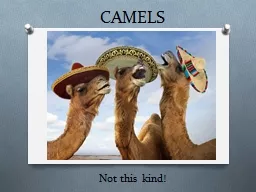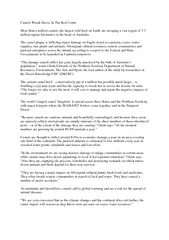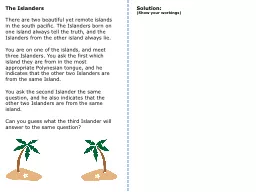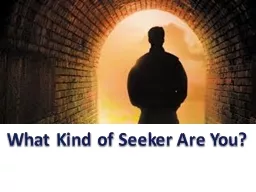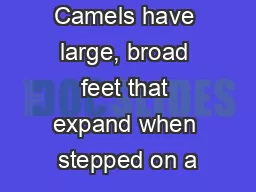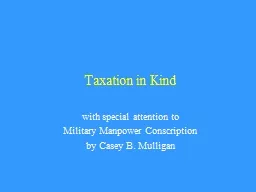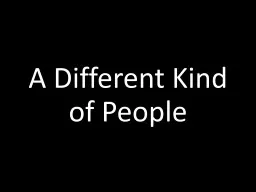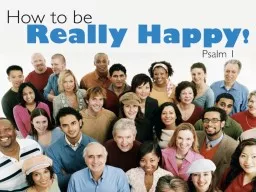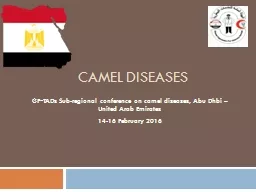PPT-CAMELS Not this kind! What does it stand for?
Author : pasty-toler | Published Date : 2018-03-14
C amera A cting M ise en scene E diting L ighting S ound C amera The three main elements of camera are Shots Angles Movement Lets start by looking at shots extreme
Presentation Embed Code
Download Presentation
Download Presentation The PPT/PDF document "CAMELS Not this kind! What does it stand..." is the property of its rightful owner. Permission is granted to download and print the materials on this website for personal, non-commercial use only, and to display it on your personal computer provided you do not modify the materials and that you retain all copyright notices contained in the materials. By downloading content from our website, you accept the terms of this agreement.
CAMELS Not this kind! What does it stand for?: Transcript
Download Rules Of Document
"CAMELS Not this kind! What does it stand for?"The content belongs to its owner. You may download and print it for personal use, without modification, and keep all copyright notices. By downloading, you agree to these terms.
Related Documents

